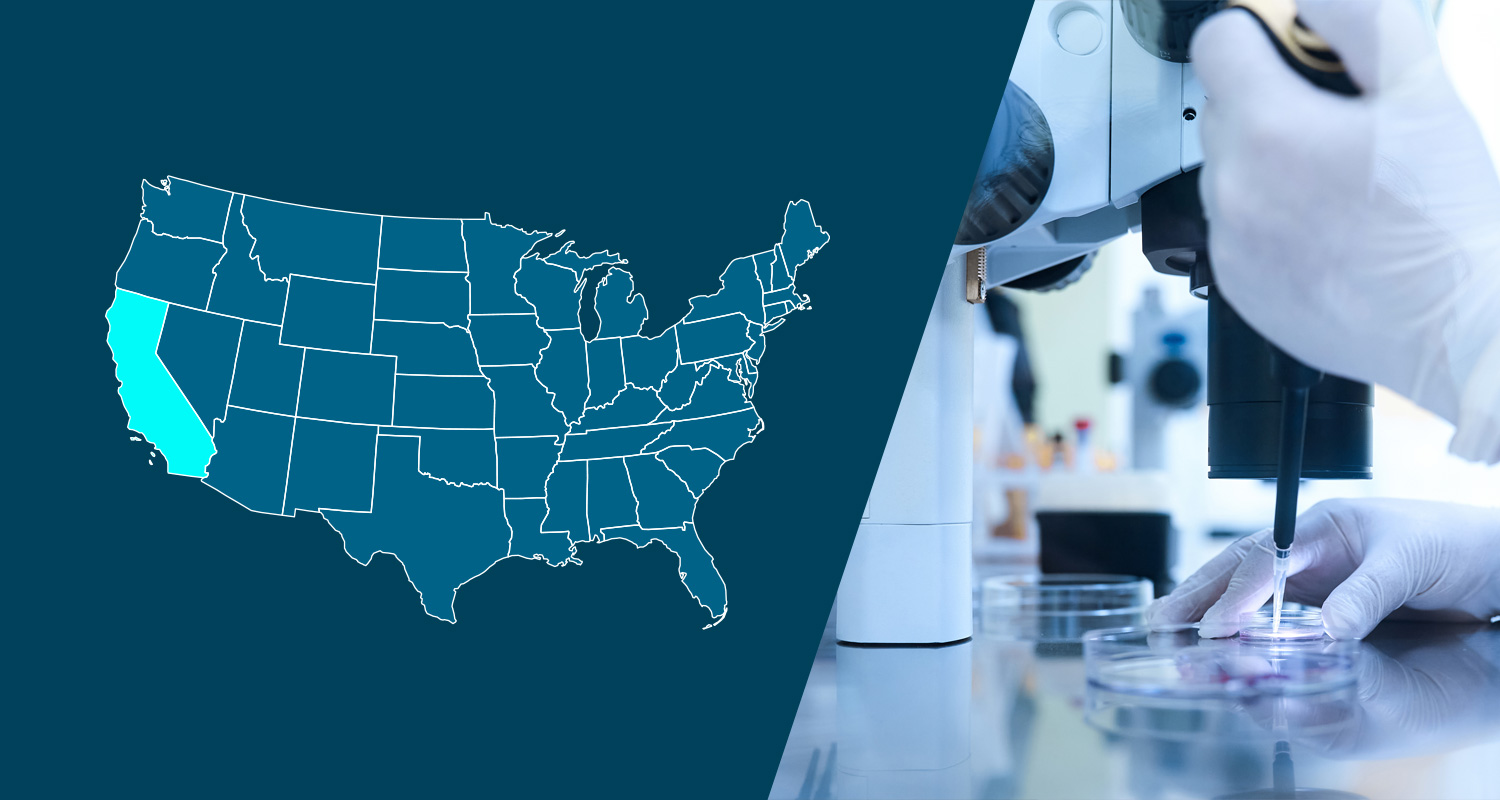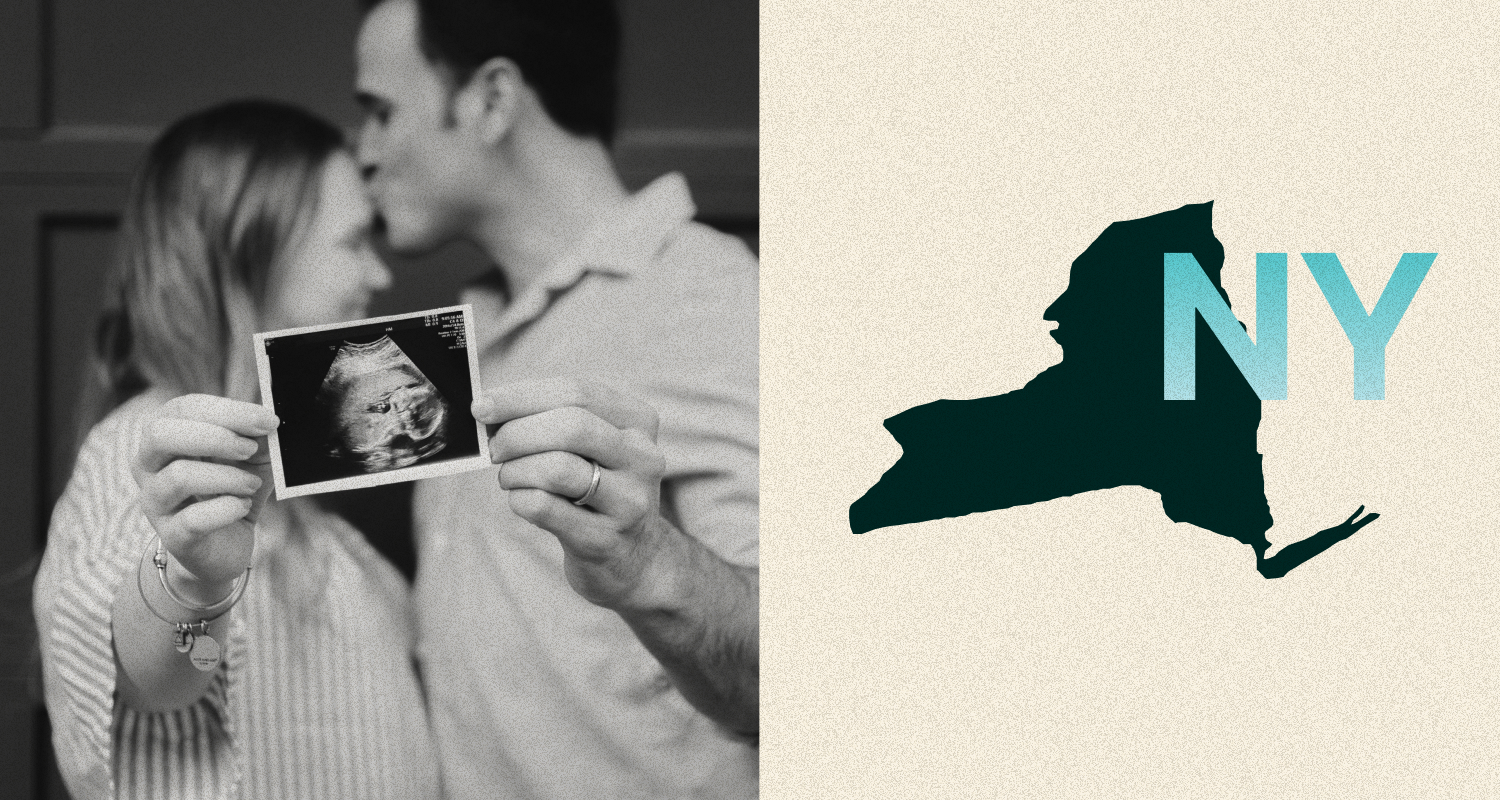Updated – On June 25, 2021, the Chicago City Council passed and ordinance which expands the covered reasons under the City’s Paid Sick Leave Ordinance effective August 1, 2021. This article has been updated to reflect the expanded qualifying reasons for paid sick leave.
Effective July 1, 2020, a number of amendments to the City of Chicago Minimum Wage and Paid Sick Leave Ordinance (“CPSLO” or the “Ordinance) go live. Specifically, the amendments redefine a covered employer under the CPSLO and therefore a number of employers previously not covered by the CPSLO will soon need to comply with its requirements. This article provides a brief overview of CPSLO and highlights notable changes under the amendments.
Who is a Covered Employer?
Effective July 1, 2020, a covered employer will be defined as a person who gainfully employs at least one employee in Chicago, regardless of whether the employer has a Chicago worksite or is subject to business license requirements. Notably, this definition eliminates the threshold requirement that an employer maintain a business facility or business license in the City of Chicago, thereby broadening the Ordinance’s applicability.
Who is a Covered Employee?
An employee is defined by the Ordinance as an individual that performs work for an employer in the capacity of an employee, as distinguished from a contractor.
Which Employees are Eligible for Sick Leave Under the Ordinance?
An employee is eligible for paid sick leave under the Ordinance if the employee has worked at least two hours in any 2-week period within the geographic boundaries of the City of Chicago and worked at least 80 hours in any 120-day period. This includes compensable time spent traveling in Chicago for business activity including but not limited to, deliveries and sales calls (and excluding uncompensated commute time while physically present within the City of Chicago).
Effective July 1, 2020, the CPSLO will now explicitly include the following categories of covered employees:
- An outside salesman;
- A member of a religious corporation or organization;
- A student attending and employed by an accredited Illinois college or university;
- A motor carrier regulated by the U.S. Secretary of Transportation or the State of Illinois; and
- All domestic workers, including those employed by employers with fewer than four employees.
What are the Qualifying Reasons for Paid Sick Leave under the Ordinance?
Employees can use leave earned under the Ordinance when they or a family member is sick, injured, receiving medical care, or is a victim of domestic violence or a sex offense. They can also use paid sick leave when their place of work has been ordered to close due to a public health emergency, or they must care for a child whose school has been ordered to close due to a public health emergency.
Effective August 1, 2021, employees may also use CPSL for the following:
- to obtain professional care services such as behavioral, mental health, and substance abuse;
- to care for a family member whose school, class, or place of care has been closed;
- to obey a stay at home order issued by the mayor, the governor of Illinois, the Chicago Department of Public Health, or a treating healthcare provider to minimize the transmission of a communicable disease, to remain at home while experiencing symptoms or sick with a communicable disease; and
- to obey a quarantine or isolation order issued to the employee.
Can Employers Require a Doctor’s Note?
An employer may require certification for the use of leave under the Ordinance if the covered employee is absent for more than three consecutive workdays. However, employers are expected to accept a self-certification when acquiring a doctor’s note proves difficult due to a public health emergency.
What is the Accrual Rate?
Employees begin to accrue paid sick leave on the first calendar day after they begin their employment. Employees accrue one hour of paid sick leave for every 40 hours worked and only hours worked within the City of Chicago count toward accrual. For salaried and commissioned employees, the Ordinance provides the following accrual rates:
- An employee who receives a salary and is exempt from overtime – accrues one hour of paid sick leave for each week of employment unless the salaried position is for an amount different from 40 hours worked per week, in which case the rate of accrual shall be 1 hour for every 40 hours of salaried work;
- An employee who works on commission and whose hours are not tracked – accrue paid sick leave as a salaried employee would.
Employers are not required to allow accrual during an employee’s use of any paid or unpaid leave.
How is a Year Defined for Purposes of the Ordinance?
The Ordinance defines a benefit year as the twelve-month period that an employer sets for an employee to receive paid sick leave benefits. The months must be consecutive. An employer may set different dates, or synchronize those dates, for each covered employee so they have benefits granted at the same time annually. A covered employee may use a maximum of 40 hours of accrued regular paid sick leave during a benefit year.
Does Unused Sick Leave Carryover?
Yes, employers must allow employees to carry over up to half (a maximum of 20 hours, unless employer has a higher internal limit) of their unused paid sick leave to the following year.
What are the Employer Notice and Posting Requirements?
Posting Requirement
Employers are required to post a notice in a conspicuous location at any physical Chicago location with covered employees, informing them of the current Chicago minimum wage and right to paid sick leave. The notice must be provided in English, as well as any other language spoken by employees at the workplace who are not proficient in English. The posting can also be provided electronically through the employers’ usual internal communication channels.
The Chicago Department of Business Affairs and Consumer Protection (“DBACP”) has made a model notice available for employers to use in satisfying this requirement. The notice is also available in Spanish.
Paycheck Notice Requirement
In addition, notice is required to be provided with the employee’s first paycheck beginning on or after July 1, 2020, and it must be provided annually thereafter. Employers are permitted to use the model notice in satisfying this requirement. The paycheck notice may be transmitted electronically with the covered employee’s paycheck.
How does the Ordinance Interact with an Employer’s Existing Leave Policies?
An employer is not required to provide any additional leave under the Ordinance if the employer has adopted a leave policy that provides employees with an amount of leave which meets or exceeds the requirements and satisfies the accrual, carryover, and use requirements of the law.
What are the Recordkeeping Requirements?
Employers are required to maintain the following records for employees for a minimum of five years:
- Name, mailing address, telephone number, and email address of each employee;
- Job titles and whether they are tipped, non-tipped or perform duties of both tipped and non-tipped positions;
- Date of hire;
- Date each employee was eligible to use paid sick leave, and number of hours of paid sick leave accrued by or awarded to each employee;
- Dates and number of hours each employee used paid sick leave;
- Rates of pay and hours worked each day and each workweek by each employee;
- Type of payment (hourly rate, salary, commission, etc.), straight-time and overtime pay, and total wages paid to each employee in each pay period;
- Additions and deductions from each employee’s wages for each pay period, together with an explanation of such additions and deductions; and
- Dates of payment of each pay period for each employee.
Employers should note that there are additional recordkeeping requirements for tipped employees. See Rule MW 1.07 Record Requirements for Tipped Employees.
Employer Considerations
- Employers should confirm whether they are covered by the CPSLO;
- Employers of employees that are now considered covered effective July 1, 2020 must provide those individuals with the paid sick leave notice. Notice must be provided by both posting at the worksite (or provided electronically) and provided in an employee’s first paycheck, as well as annually thereafter.
Additional Resources
- Paid Sick Leave Rules
- Paid Sick Leave Ordinance
- Paid Sick Leave Model Notice
- Amendments to Paid Sick Leave Ordinance Effective July 1, 2020
- City of Chicago Office of Labor Standards
Disclaimer: This content is intended for informational purposes only and should not be construed as legal, medical or tax advice. It provides general information and is not intended to encompass all compliance and legal obligations that may be applicable. This information and any questions as to your specific circumstances should be reviewed with your respective legal counsel and/or tax advisor as we do not provide legal or tax advice. Please note that this information may be subject to change based on legislative changes. © 2020 Sequoia Benefits & Insurance Services, LLC. All Rights Reserved




